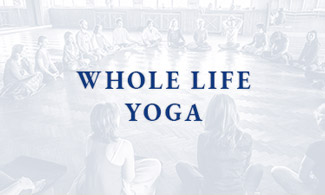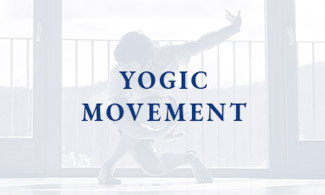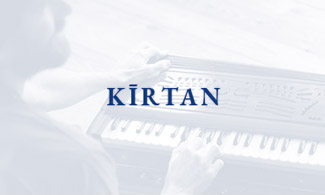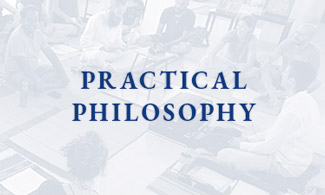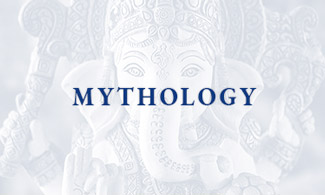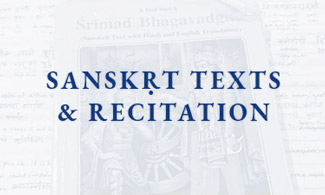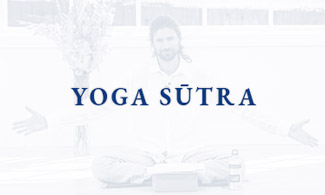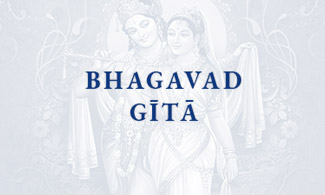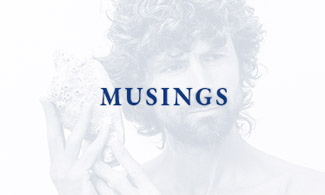
Stop! Look! And Listen!
One time when I was in India, the Indian teacher in whose class I was sitting remarked that yoga āsana, the practice of yoga posture and the various movements between them, is ‘kindergarten yoga’. I interpreted this as not to dismiss āsana as infantile or of little value, but to emphasise that it can help us build a basic support structure for lifelong practice.
Being practical, yoga recognises that life is constant ups and downs, comings and goings, expansion and contraction: the play of the ‘pairs of opposites’. Āsana is about learning to work with the pairs of opposites so we can work with them to foster sustainable balance and harmony. By practising meeting what might seem like opposing values with deepening presence, we can learn to draw out their complementary potential.
Classically, yoga is described as balance, efficiency and skilfulness in the things that we do. Any structure is only as strong as its weakest link, can only grow as strong as its foundations will allow. Accordingly then, the basic instructions and principles in yoga are always simple and foundational, not unlike the types of principle one might be fortunate enough to be introduced to in a good ‘kindergarten’ or ‘infant’s school’, as it was known where I grew up.
Starting school in late 20th century England, one of the foundational teachings I was given was: Stop! Look! And Listen! Also known as the Green Cross Code, or the way to safely cross the road.
Sometimes, the ‘way’ of yoga practice, the search for real peace, fulfilment and realisation is represented as a crossing. Interestingly, (at least to me!) the Green Cross Code of ‘Stop, Look, and Listen’ is actually very much a resumé of some of the core foundational teachings of the yoga tradition.
Stop!
Yoga recognises that at a certain level ‘stopping’ is not possible; because Life = Movement. Life itself is pulsation, and it is cycles: expansion and contraction, and the wheel goes around and around, and this is inevitable. However, as well as everything in existence pulsating and also having its lifecycles, there is also in the yoga system the idea that anything in existence is constituted of three essential qualities: sattva, rajas and tamas, known as the three guṇa-s.
Sattva is the ‘beingness’ of a thing, its pure, essential existence, the ‘quality’ of its very existing. But things that exist do so within this realm of pulsation and cycles, so they also have a quality of energy, changefulness and movement. Nothing is fixed, but is really shifting and transforming as energy moves, this is referred to as rajas, or rajo-guṇa. Then there is tamas: when a thing exists, when it has come into being, it has inertia. Anything that exists has an inertia which helps keep it existing, moving, and continuing. This quality of tamas is present in us, in the patterns that have come to exist within us, habits that we have taken on or developed for whatever reason, whether consciously or unconsciously.
Yoga recognises that often we can be blind, or ‘ignorant’ to how much we are driven or directed by our habits, once a way of operating in a certain type of situation becomes familiar or habitual, we can lapse into it unthinkingly, as if we are on autopilot.
Hence the idea of ‘Stop!’ in the sense of cultivating the habit of pausing to create a spaciousness around our responses. With observation, we may notice that sometimes we fall into ways of acting that are not, or perhaps are no longer in keeping with our deepest longing.
With practice, we can train ourselves to pause in such situations, to allow a settling, to draw in and attune to all the different supportive powers of our being so we can actually interact with the challenging situation in the most helpful, balanced, broad spectrum way. In this way, we start learning to stay in movement, in the forwards and evolutionary path, but without just being in the same old grooves. So when we find ourselves in a particular situation, let’s say, and we get triggered and we feel the needle drop into the groove of the old song that we no longer want to be having to hear, into the groove of the rhythm we no longer want to be having to dance to, and we’d really like to shift the rhythm to one that’s more harmonious, then, we have to stop; and in order to be able to readily do this in situations in which we feel charged or triggered, we have to practice stopping. And the practice of stopping, we could say, is the practice of coming back to the ‘still point’ that is just the centre of all this miraculous motion. We practice coming back as best we can to the hub of the wheel. We practice centring, we practice drawing all our constituent powers into togetherness.
Look!
Pasya is the very first imperative verb in the Bhagavad-Gītā. Pasya means look! Be alert! Pay attention!
This is one of the foundational teachings in yoga: to look, to be steadily alert and attentive. As we do tend to have patterns that can blinker us to the wonder of reality, as we do run a lot of the time on autopilot, we can sometimes miss the wonder and miracle that is all around us. For example, right now in your body there is probably miraculous transformation occurring. But so often, we just take it for granted. Yoga however encourages us to look more keenly, more closely, more broadly: to look at where we are acting from, to inquire, as contemporary American yoga teacher Erich Schiffmann suggests: ‘what is the truth here really?’ Or with the question that my friend Bill Whorton suggests following a teaching he received from Thai Buddhist teacher Acharn Cha: ‘where am I in this?’ Or to look into: ‘What do I really want in my life? What do I want to embody? What do I want to experience, share, give and receive? Are the things I am doing in my life conducive to this? If not, why not? What are some practical, realisable steps I can take to move in that direction which will embody my deepest longing?’
Listen!
Śṛṇu! In the sense of ‘Listen! Hark! Hear! Pay attention!’ is the first imperative verb in the Āditya Hṛdayam, a hymn of instruction in the great Indian epic Rāmayaṇa. In our current society the visual cortex often gets overloaded. Listening however, carries the idea of really tuning in and feeling, because there is the idea that the space in which all the other elements exist is not empty, but is actually pulsating. To listen then means to tune in to all our receptive capacities: all our senses, all our motor capacities, our feelings, emotions, minds and intellects; to listen to them all. Also, there is the idea that when we practice stopping, looking and listening, when we practice giving ourselves enough of a pause, enough space to see beyond our habitual pattern, when we give ourselves that space in which we can see with a little bit more of the lamp of centred, conscious awareness: as we practice that, the idea is that we can rehabilitate our connection and attunement to the voice of conscience that pulsates in the heart of ourselves.
So, it’s true: what we learn in kindergarten should really set us up for life. And in yoga it’s always very, very practical, so in any teaching, at the beginning, we are given these key foundational teachings that can support us along the whole journey of exploration, the whole journey of wonder and discovery that is basically a deepening of our capacity to stop so we can be steady and easy with a quality of stillness and poise even in the middle of the whirling wonder of life; to look: so we can actually see more and more of the potential of our existence, remembering of course all the while that as long as we are a human being with two eyes there will always be more that we do not see than that which we do. And to listen: when we practice that listening we can actually attune more to the rhythm of life and live like Śiva Nāṭarāja as the Lord of the dance, the one that can enjoy each unfolding moment of this amazing experience of being alive.
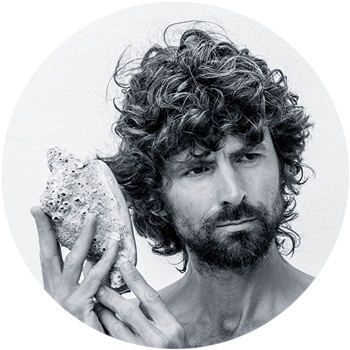
James Boag | Whole Life Yoga
The yoga of the whole human being. Practical philosophy, storytelling, movement, inquiry, looking in ways that reach beyond our habitual ways of looking.
Listen to James’ unique whole life yoga perspectives on the WHOLE LIFE YOGA podcast.

